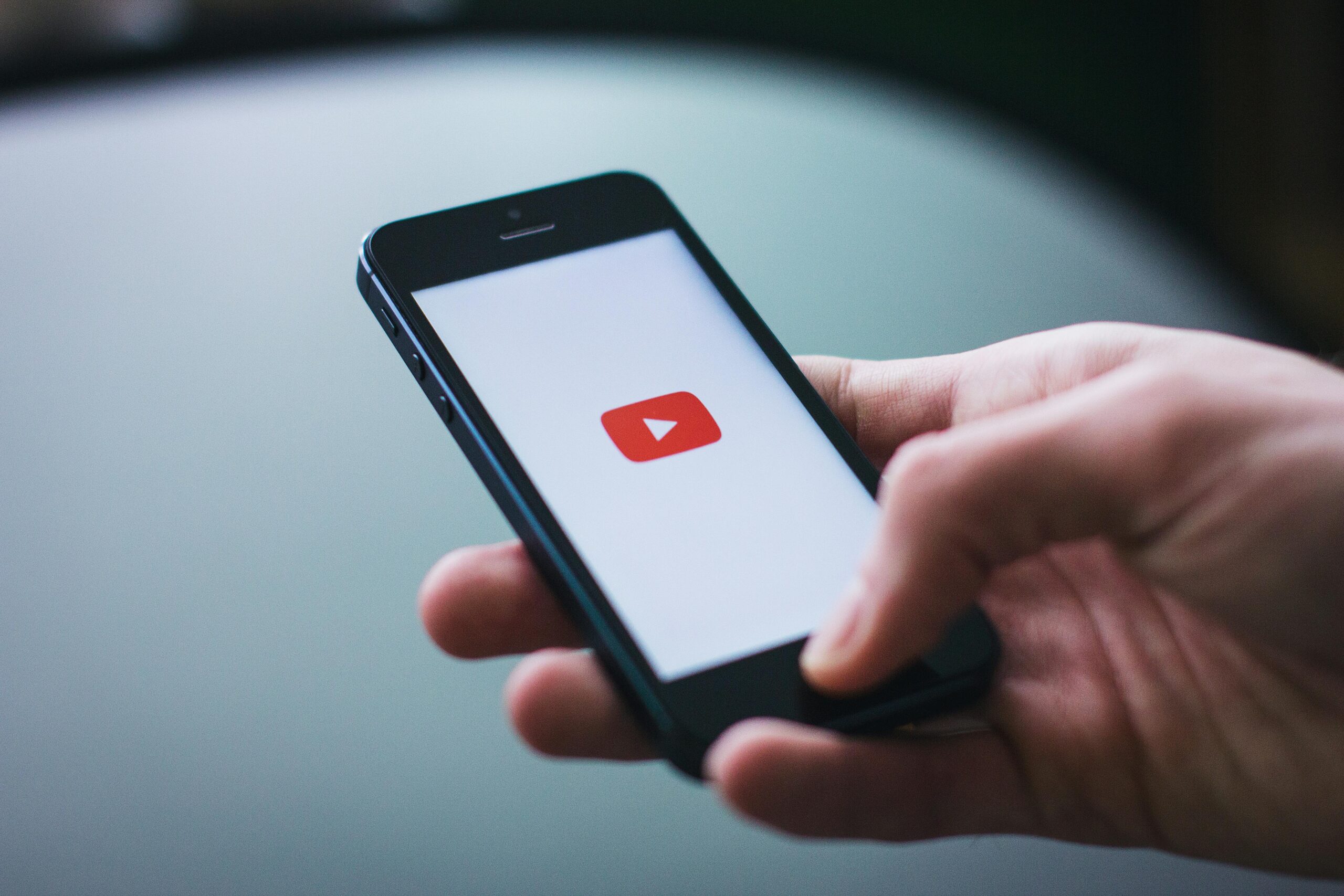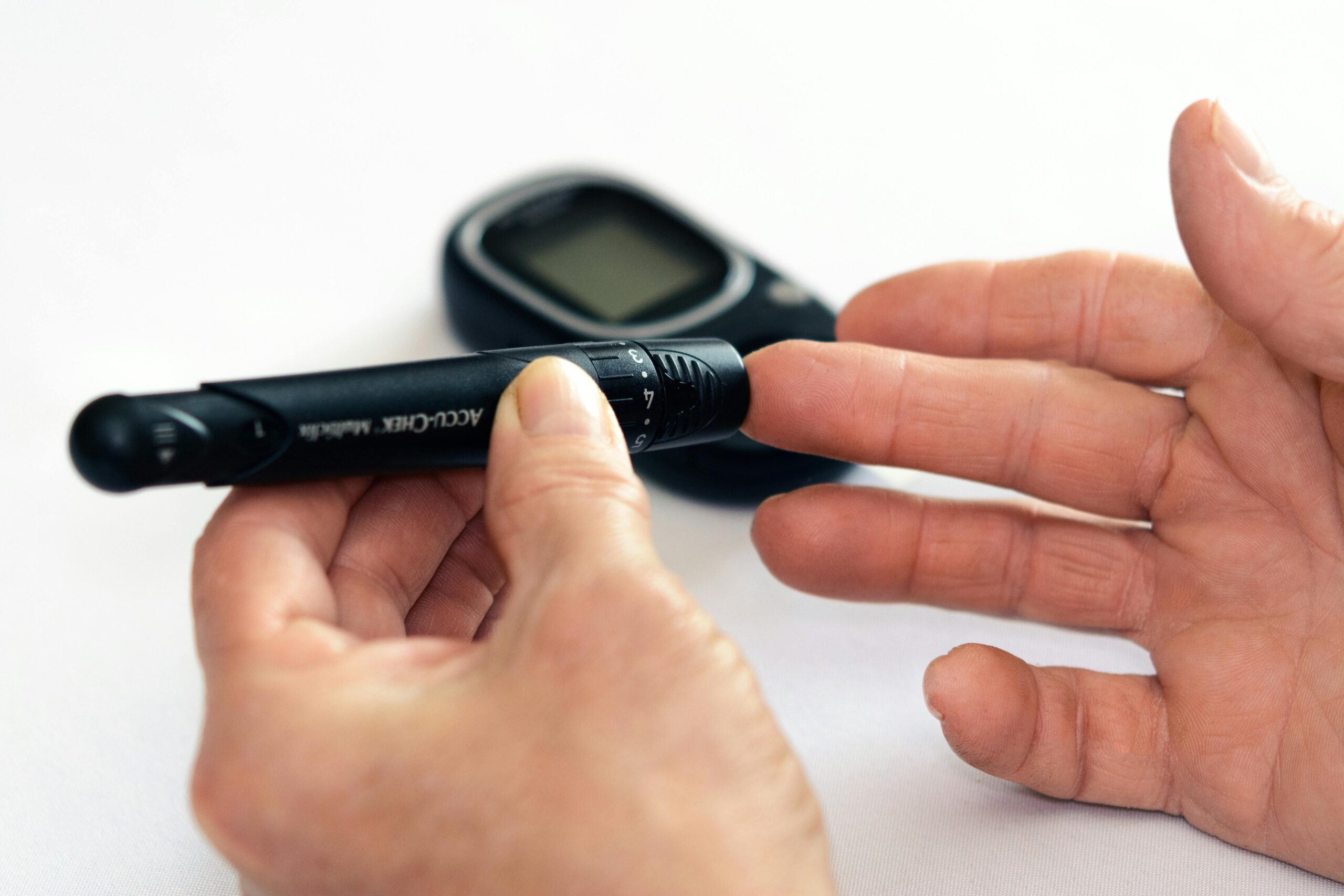Disclaimer: The following provides general information and practical tips on copyright and fair use. It is not legal advice. For advice on your specific situation, consult a qualified attorney.
Understanding Copyright on YouTube
What is copyright? In simple terms, copyright law protects original creative works (artistic expressions) that are recorded in some form and show at least a minimal level of creativity. This covers a wide range of content, such as music, videos, images, books, etc. Essentially any original work of authorship that’s independently created and has “at least a modicum” of creativity. On YouTube, this means everything from videos and music to graphics can be copyrighted material owned by someone.
How does YouTube handle copyright? YouTube requires creators to upload only content they own or have permission to use. If you include copyrighted material (like someone else’s video clips or music) without permission, the copyright owner can take action through YouTube’s system. YouTube employs an automated detection system called Content ID. This system scans uploads for matches to copyrighted content. When a match is found, the copyright owner may issue a copyright claim on your video automatically. However, there are also manual options that can be done by smaller creators.
· Copyright Claim:
A Content ID claim means the system found someone’s content in your video. The copyright owner then decides what happens. They might choose to monetize your video (take the ad revenue), block the video in certain countries or worldwide, or simply track the video’s viewership. Importantly, a claim does not directly strike your channel’s standing. However, it can impact your video’s performance or earnings (for example, you could suddenly see your viral video’s revenue going to the music’s owner instead of you).
· Copyright Strike:
A strike is more serious. It’s essentially a legal takedown request (often under the DMCA) where the video is removed from YouTube, and you receive a strike on your account. Strikes occur when a copyright owner submits a formal copyright removal request for infringement. Unlike claims, strikes do affect your channel’s status: if you accumulate 3 strikes, YouTube will terminate your channel. In other words, three strikes and you’re out. Even one strike can temporarily restrict your channel features. YouTube provides a form for copyright owners to submit removal requests for infringing content. (In fact, before submitting, the form asks owners to consider whether fair use or another exception might apply.)
Why does this matter to creators? If you’re a YouTuber, unwittingly using someone else’s content can result in lost revenue or removed videos. Even a few seconds of a popular song or movie clip can trigger a claim. Content ID can flag even 1–2 seconds of copyrighted audio or video. And if a copyright owner believes your use isn’t authorized or fair, they can escalate to a takedown (strike), putting your channel at risk. In short, understanding how to stay on the right side of copyright law (or how to assert fair use if applicable) is crucial for anyone making videos.
Pro Tip: Simply writing “no copyright infringement intended” in your description or giving credit to the original creator does not protect you from a claim. These gestures, while courteous, don’t override copyright law. You still need permission or a valid fair use rationale. The same goes for non-monetized videos: even if you aren’t monetizing, your video can be claimed or taken down if it uses unlicensed copyrighted material.
Why Does YouTube Appear to Overly Enforce Copyright Claims?
YouTube, like other social media platforms, has little control over the actions of millions of individual users on its platform. YouTube cannot reasonably police each and every user who uploads a video to prevent them from displaying copyrighted work. This would be nearly impossible given the platform’s scale.
Understanding this challenge for internet service providers, the U.S. Congress enacted the Digital Millennium Copyright Act (“DMCA”) to address the prospect of these companies being sued for each user’s actions. Under the DMCA, YouTube and other Internet Service Providers can limit their liability for copyright infringement by maintaining certain policies and procedures. See 17 U.S.C. § 512. While each company has specific policies that may appear different, their underlying goal is always the same: protecting themselves from legal liability.
Compared to other platforms like eBay or Shopify, YouTube has implemented stricter policies that are comparatively harsher in application. YouTube’s approach is designed to protect the company from copyright infringement lawsuits by third parties. This may not feel fair to YouTubers, especially those who rely on YouTube for their livelihood.
When you face a copyright strike from YouTube, the process to respond is particularly challenging. You need to overwhelm YouTube with compelling evidence of Fair Use, because if there is even an iota of doubt, YouTube tends to act in its own interest by protecting itself and enforcing account removals. The platform errs on the side of caution to avoid potential legal liability. Therefore, before you even have a strike, it is important to speak with an attorney and design a “compliance strategy” to make sure your video is protected.
What Is Fair Use?
So, what if you need to use some copyrighted material in your video. For example, to critique a movie scene or to make a parody? This is where the doctrine of fair use comes in.
Fair use (in U.S. copyright law) allows someone to use copyrighted content under certain conditions without permission from the owner. Common examples of fair use include uses for commentary, criticism, news reporting, teaching, research and similar purposes. In other words, U.S. law recognizes that some uses of copyrighted works, especially those that add new meaning or serve the public interest, should be allowed.
However, fair use is not a blanket exemption or a guaranteed right to use content. Think of fair use as a legal defense to a claim of infringement, rather than a clear permission. In practice, invoking fair use means you are essentially saying: “Yes, I used copyrighted material without permission, but I believe my use is allowed under the law’s fair use criteria.”
It’s an affirmative defense you could raise if a copyright owner claims you infringed. Importantly, this also means fair use must be proven if challenged, it’s not automatic. If a dispute escalates, ultimately a judge decides whether your use qualifies as fair use, based on the specific facts of your case.
There are “no bright-line rules” for fair use. It’s deliberately a gray area evaluated case by case. U.S. copyright law provides four factors that courts must consider in determining fair use. No single factor is decisive, it’s a balancing test. YouTube itself cannot declare something fair use or not; even automated systems like Content ID cannot judge fair use because it’s a subjective, legal determination only courts can make. It is important to note that YouTube explicitly notes that it won’t mediate fair use disputes. If you believe your video is fair use, you may have to go through the dispute and counter-notice process, and possibly defend your case in court.
The Four Factors of Fair Use
Fair Use falls under 17 U.S.C. § 107 and requires the weighing of the following factors:
1. Purpose and Character of the Use: Why and how are you using the material? Uses for commentary, criticism, education, or news tend to favor fair use, especially when the new use is transformative, meaning you add new expression, meaning, or message to the original. Non-profit or educational uses are looked on more favorably than purely commercial uses. Simply copying and re-uploading content unchanged is not transformative, whereas using clips to critique or parody is more likely to be seen as fair use. In YouTube’s words, “adding new expression or meaning to the original material is more likely to be considered fair use than merely copying the original.”
2. Nature of the Copyrighted Work: What type of work are you using? Using material from factual or informational works (like a documentary or news footage) is more likely fair use than using material from a highly creative or fictional work (like a Hollywood movie or a scripted skit). Courts recognize a greater leeway to borrow from factual works for purposes of comment or education. By contrast, copying from an imaginative, creative work gets less leeway.
3. Amount and Substantiality of the Portion Used: How much of the original work did you use, and how important was that part? Borrowing smaller portions of a work favors fair use; wholesale copying leans against it. That said, context matters: sometimes even a small excerpt can be too much if it’s the “heart” of the work (the most memorable or important part). Conversely, using a larger portion might be acceptable if it was necessary for the purpose and reasonably done.
4. Effect on the Potential Market for the Original: Does your use harm the market or value of the original work? If your video could serve as a substitute for the original (so viewers don’t need to watch or buy the original anymore), this strongly cuts against fair use. The law is concerned with whether the new use usurps the market of the original. For instance, uploading an entire music track or movie scene could displace sales or views of the original, weighing against fair use. On the other hand, uses that don’t hurt, or even potentially help, the market for the original are more likely to be fair. Courts have even
made exceptions under this factor for parodies, because a parody by its nature doesn’t fulfill the same demand as the original work.
Common Myths About Fair Use and Copyright on YouTube
There’s a lot of misinformation among creators about what is “safe” to do on YouTube. Before we wrap up, let’s debunk a few common myths:
· Myth: “Using just a few seconds of a song or clip is OK.”
Reality: There is no set amount of seconds that guarantees fair use or avoids detection. Even a 2-second audio clip can trigger YouTube’s Content ID and lead to a claim. Fair use depends on context, not a specific time limit. Borrow the absolute minimum you need, but know that any unlicensed use could be flagged and YouTube offers strict punishments for seemingly small uses of other copyrighted material.
· Myth: “I credited the original creator, so it’s fine.”
Reality: Giving credit does not equal permission. While it’s good practice to credit sources, it alone won’t protect you under copyright law. A disclaimer like “all rights belong to the owner” or “no infringement intended” doesn’t magically invoke fair use. The content and purpose of your use determine fair use, not whether you meant well or acknowledged the owner.
· Myth: “It’s just for fun/not monetized, so it’s fair use.”
Reality: Non-monetized or personal use does not automatically mean fair use. Even if you aren’t making money, the other factors (transformative purpose, amount used, market harm, etc.) still matter. YouTube can and does issue claims or strikes on non-monetized videos. Commercial vs. non-commercial is only one part of factor one, being non-profit helps, but it’s not a free pass.
· Myth: “If I bought the music or movie, I can use it in my video.”
Reality: Buying a song or DVD gives you a personal copy, not the right to publicly use or sync it in a YouTube video. Ownership of a copy is different from ownership of copyright. Without a license, using that content in your video can still infringe copyright.
Practical Tips for YouTube Creators
Navigating fair use can be tricky, but there are best practices that can help you stay out of trouble:
· When in doubt, use content you have rights to. The safest route is always to use royalty-free or licensed material. For example, YouTube offers a free Audio Library of music you can use without claims. There are also services that provide licensed music or stock footage for creators. By using these, you avoid Content ID claims altogether, an ounce of prevention is worth a pound of cure.
· Transform, transform, transform. If you must use someone else’s content, make sure your video adds significant new value, commentary, or meaning to it. Don’t just reuse the clip as-is. Provide critique, satire, or educational context. The more your use is “transformative” (altering the original with new expression or purpose), the stronger your fair use argument. Ask yourself: Could my video exist without the original clip? Am I using the clip merely to avoid creating something myself, or to genuinely comment on it? The goal is that your audience is watching for your contribution, not simply the underlying copyrighted content.
· Use only what you need. Keep any unlicensed clips short and to the point, the smaller the portion, the better (consistent with making your point). Don’t let the borrowed material become the “heart” of your video. For instance, if you’re reviewing a movie, show brief snippets rather than long scenes, and talk over or around them. This demonstrates that you’re not trying to offer the movie itself to viewers, only your review of it.
· Consider the market impact. Think about whether your use might compete with the original work. If a viewer could watch your video instead of the original and get the same experience, that’s a red flag. Structure your content so that it’s clear no one would substitute the original with your video. (e.g. A reaction video with commentary is not a substitute for the original video, thus fair use. But uploading a straight clip of a music video is a substitute and providing little to no commentary if any, is not fair use.)
· Get permission or use alternatives whenever possible. Fair use is a defense, not a right and it can be unpredictable. If it’s feasible, reach out to the copyright owner for permission or a license to use their content. Many music labels, for instance, offer licenses for use of songs on YouTube (sometimes via platforms that manage this). If you have permission, you don’t need to worry about fair use analysis at all.
· Use YouTube’s tools and policies to your advantage. YouTube provides features like the Copyright Match Tool and detailed Copyright Transparency Reports to help creators manage this area. If someone uses your content, you can file a removal request through YouTube Studio, but remember to consider fair use before you do. If you receive a claim on your video that you believe is fair use, you can file a Content ID dispute and even a DMCA counter-notification as a last resort. Be truthful and deliberate: abusing these processes can have legal consequences. And note that disputing a claim should be done only when you genuinely have a strong fair use case, YouTube warns that this step “shouldn’t be taken lightly” since it could lead to a legal challenge.
· Consult professionals when needed. If you’re unsure about where you stand, consider seeking legal advice. YouTube itself suggests getting expert legal advice before uploading videos that use copyrighted content. An attorney can provide a tailored opinion on whether your specific use is likely fair or help you craft a strategy (or a license agreement) to use the material safely.
Conclusion
Fair use is a powerful doctrine that enables creativity, commentary, and education on platforms like YouTube. However, it is also a case-by-case balancing act, not a blanket permission. As a content creator, you should approach using copyrighted material with caution and thoughtfulness. Always ask yourself how you’re using the material and why. Are you just
borrowing someone’s work to enhance your own, or are you truly transforming it and contributing original value? If it’s the former, you may want to rethink your approach to avoid copyright trouble. If it’s the latter, fair use might protect you, but be prepared to defend that use if challenged.
Finally, keep in mind that this guide is informational, it’s not a substitute for professional legal counsel. If you find yourself facing a thorny copyright claim or need advice on fair use, consider reaching out to a legal professional. Twisdale Law has experience assisting YouTube creators and copyright owners alike in navigating these issues. From evaluating whether your video is likely to be considered fair use, to helping respond to takedown notices or file counter-notifications, we’re here to help you protect your rights and your creative work. Don’t hesitate to contact our firm if you need guidance, getting sound advice before a dispute escalates can save you time, money, and stress in the long run.
By understanding the principles of fair use and following best practices, you can create content that pushes boundaries and respects the law. Happy creating and stay safe out there on YouTube’s copyright seas!








